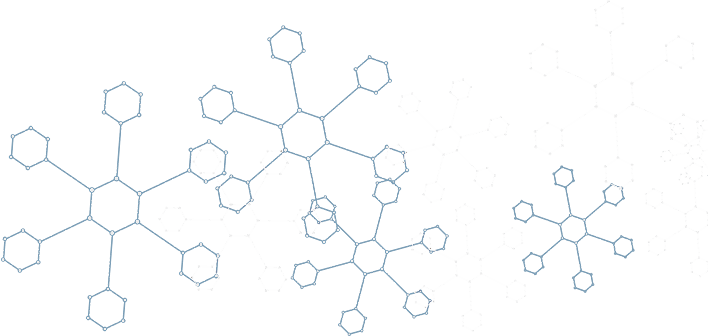ETHYLENE GLYCOLS
EG
Glycol dehydration is a liquid desiccant system for the removal of water from natural gas and natural gas liquids (NGL). It is the most common and economical means of water removal from these streams. Glycols typically seen in industry include monoethylene glycol (MEG), diethylene glycol (DEG) and triethylene glycol (TEG).
MEG is a colorless, odorless, non-volatile liquid. It is completely miscible in water and many organic solvents. The MEG manufactured is of minimum 99.5 per cent purity and meets the required UV transmittance values specified by polyester manufacturers.
DEG is a stable, high-boiling, odorless and hygroscopic liquid, which is completely miscible in water. It is an organic compound with the formula (HOCH2CH2)2O which is a colorless, practically odorless, poisonous, and hygroscopic liquid with a sweetish taste.
TEG is a colourless, odourless and stable liquid with low viscosity and a high boiling point. It is miscible in water and hygroscopic in nature.

APPLICATIONS
water-based paints, dry-wall compounds, glass cleaners, dyes, waxes and adhesives, Safety glass, Separation membranes (silicone rubber, polyvinyl acetate, cellulose triacetate), Ceramic materials (resistant refractory plastics, molded ceramics), etc.

